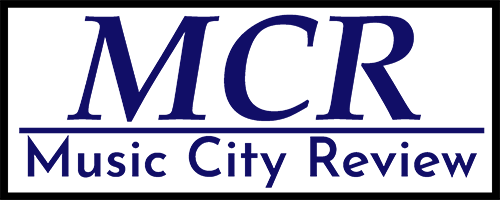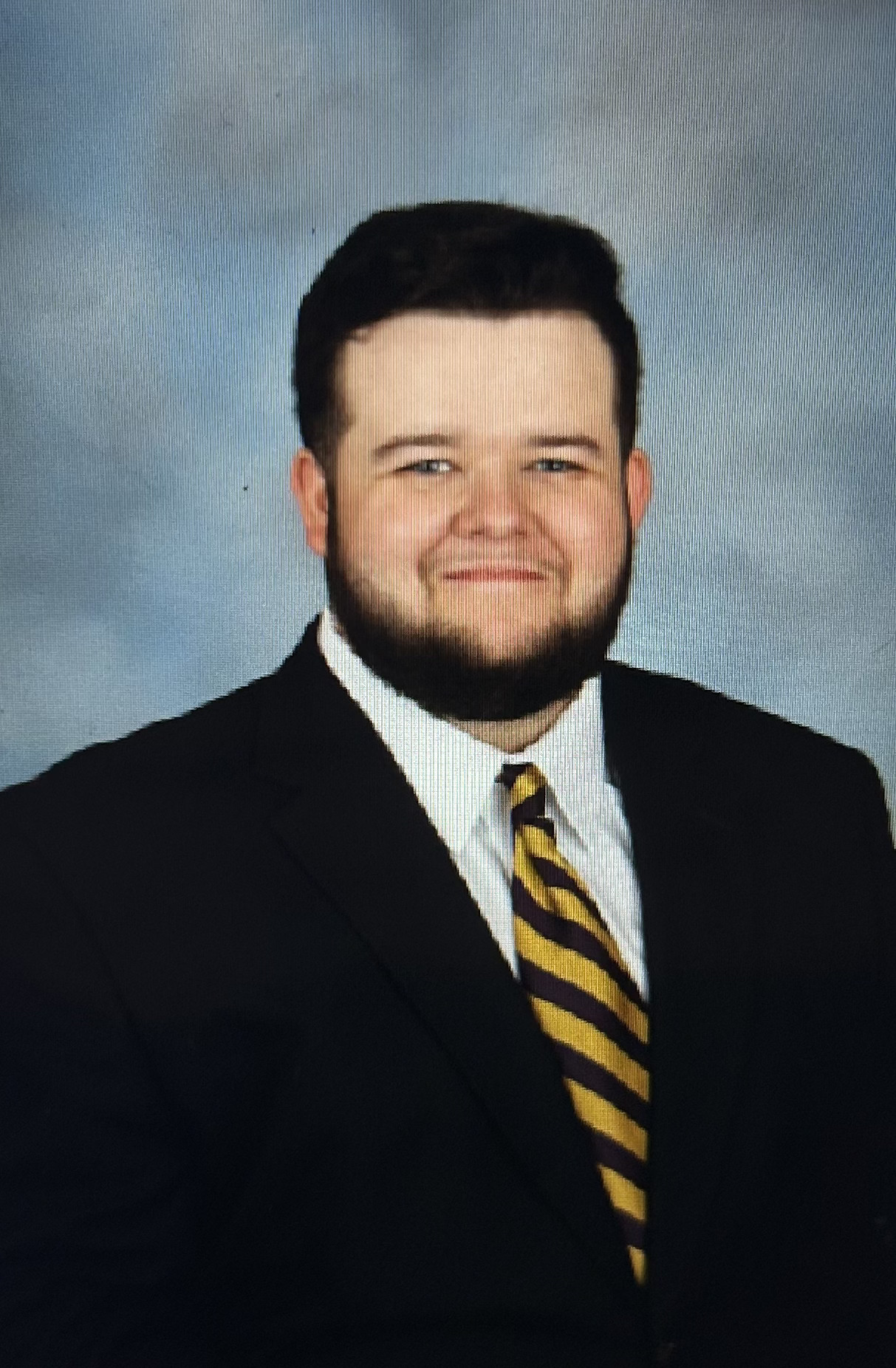Tower, Williams and Rachmaninoff at the Schermerhorn
This past weekend, our Nashville Symphony put on a splendid performance featuring pieces of the 20th and 21st Centuries. Joan Tower’s Tambor, John Williams’ Escapades for Alto Saxophone and Orchestra, featuring legendary saxophonist Branford Marsalis, and Rachmaninoff’s Second Symphony were the featured pieces on the concert. Composers, performers and music spanning all different walks of life combined to create a wonderful program with music anyone can enjoy.
Joan Tower, a trailblazing composer, is renowned around the world as a fantastic Grammy Award winning composer. Almost all of her pieces feature some deeper meaning or reason in the music and Tambor is no exception. Tambor was written between 1997 and 1998 and is reflective of Tower’s childhood after moving to Bolivia. While in Bolivia, Tower fell in love with the use of percussion in music. This entire piece features a five man percussion section split into a timpanist and four others swapping between various instruments. Tower’s program notes elaborate on this orchestration saying: The percussion section whose five members essentially have three functions: 1. To underscore the different timbres of different parts of the orchestra, 2. To “counterpoint” different parts of the orchestra and 3. To act as soloists in several major and minor cadenzas throughout the work. All of these aspects are forward and apparent throughout the entire piece. The use of percussion, to me, resembled its heavy use in contemporary wind band pieces. The “counterpoint” Tower mentions is also very prevalent in the pieces as the percussion will often have moving lines with or answering the orchestra. Overall the piece was a wonderful listen and great appetizer for what was to come.

The second piece on the program was John Williams’ Escapades for Alto Saxophone and Orchestra featuring Branford Marsalis on saxophone. Williams is most known for his legendary film scores such as Harry Potter, Star Wars, etc. and this piece is no different. Escapades is adapted from his own score for the 2002 Movie Catch Me If You Can which features Leonardo DiCaprio frantically avoiding capture by the FBI. The music is very reminiscent of the vibe and feel of the stereotypical spy movie. A lot of repeated motives really helps you visualize someone trying to get past a federal agent in the sneakiest manner possible. A lot of the material in the saxophone consists of these motives and broken up by several cadenzas throughout the piece. Some of these cadenzas and phrases would span the entire range of the saxophone and I was consistently impressed by Marsalis’ control of his tone across the entire horn. It is not easy to control the lower end normally but even hard when moving from the upper register. I found that at times the low brass, particularly the tuba, would overpower just about the rest of the orchestra especially in the third movement of this piece. It would drown out the saxophone and create trouble hearing it for me. Other than this small complaint, the performance was fantastic and showed off the technical capability of Branford Marsaslis in an excellent way. Following immediately, we were treated to an encore featuring Branford and one of the orchestra’s bass players. They did a two man version of Sonny Rollins’ Sonnymoon for Two, a standard blues in jazz repertoire. It was a fun and intimate performance of the piece and featured a funny moment between the bass player and the rest of the orchestra. During Marsalis’ solo he leaned in and told the bass player to take one after, the bass player however was not interested at all. Marsalis began to walk a bass line himself on the saxophone but the bassist did not budge or even try to solo. It was comical and got a few laughs out of even the orchestra.
The final selection of the concert was Rachmaninoff’s Second Symphony, a behemoth of a work that takes around an hour to perform without cuts. This symphony was crucial to Rachmaninoff’s career by getting him into fame as a symphonic composer. His first symphony had an infamous debut that caused a horde of mental health issues for him and he lost a lot of motivation to compose. However, following the success of his Second Piano Concerto he was finally back into the limelight as a composer and worked on his second symphony as a new piece. The first movement in E minor begins with a slow and dark introduction featuring the low strings and low brass and it builds and develops the primary theme of the piece. At the climax the movement moves from a Largo to an Allegro section where the english horn takes control beginning a traditional sonata. The second movement to me resembled a romantic scherzo with the change of it being in 2/2 instead of 3/4. There is an ostinato present through the A sections in which the Russian infatuation with the Dies Irae chant continues with its presence in this movement. The contrasting sections feature a more cantabile melody while retaining the Dies Irae. The third movement is most known for its opening theme in the violins, however this theme’s purpose is to serve as an introduction to a clarinet solo in the middle of the piece. The fourth and final movement features a lively fanfare-esque theme also based on the Dies Irae. The movement moves swiftly climbing and climbing until a triumphant long coda to finish the piece. Though the symphony takes a long time to get through, it is a journey worth the time. In typical Rachmaninoff fashion you are walked through several worlds of different emotions as you slowly approach the beautiful climaxes along the way. The orchestra’s blend was well practiced and beautifully executed for a piece of this magnitude. The low brass seemed more aware of their place in this piece, but were ever present when called upon. I was wonderfully impressed by the attention to details throughout the piece. Conductor Rune Bergmann was active in praising the orchestra before and showed that they were well worth the praise during the performance.
As the symphony’s season continues and moves into future seasons, I am excited to continue to attend and enjoy their performances. Time and time again I am pleased with their music, and this concert was no exception. The Symphony’s Classical Series continues on April 11 with Mendelssohn’s Fifth.



